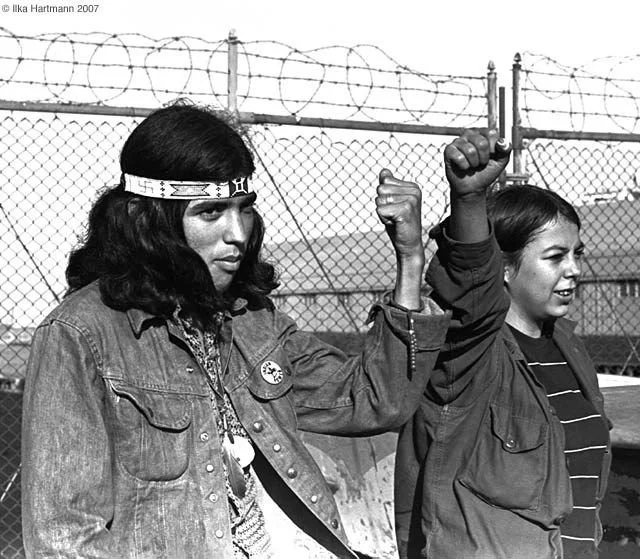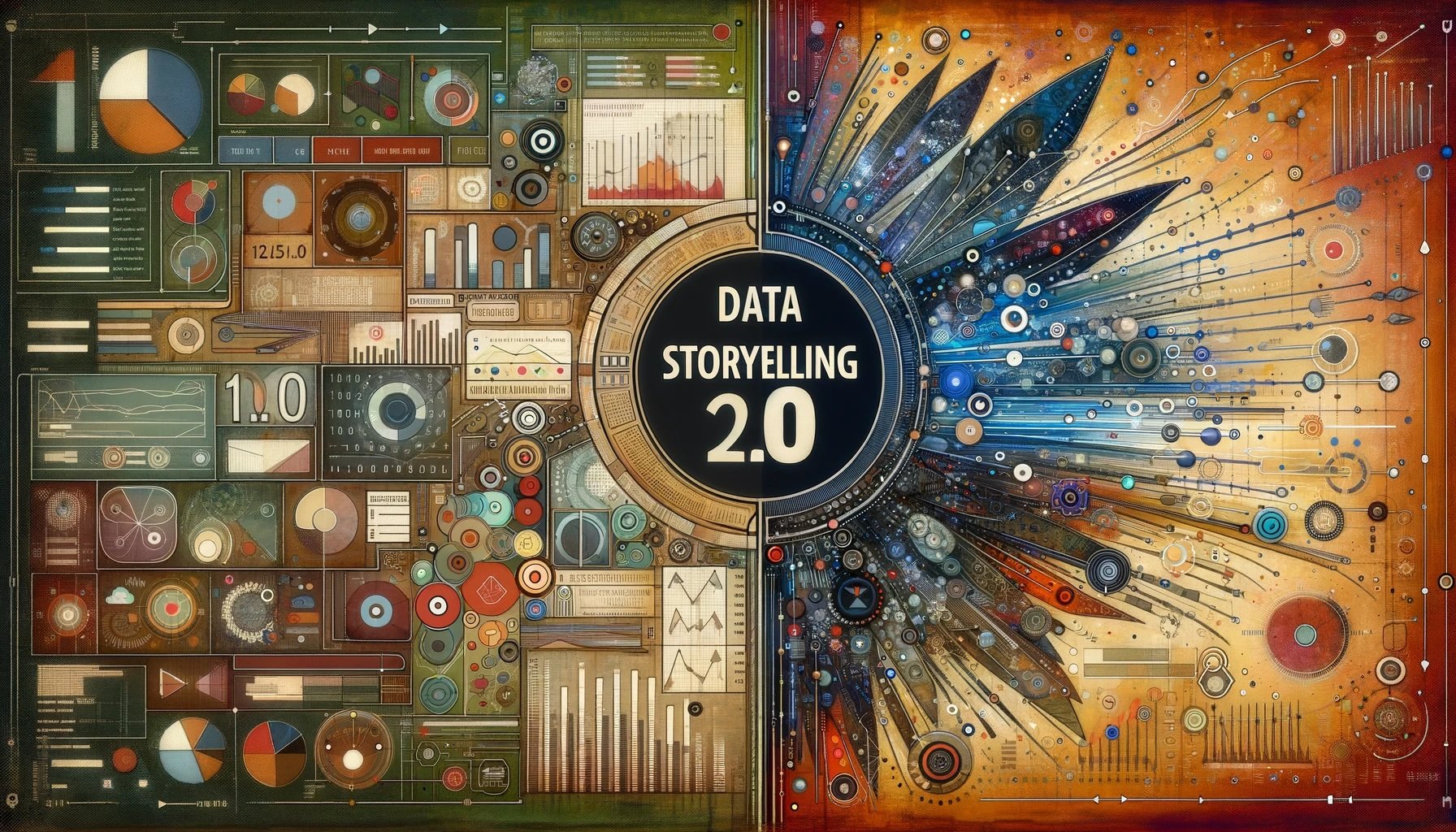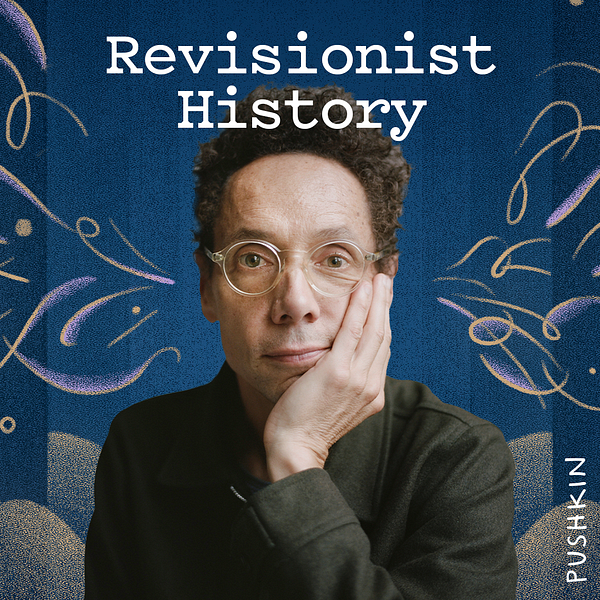This is the second in a series of posts on The Art of Storytelling, a video series from Pixar that shares its storytelling methodology. In this post, we will be examining how the lesson on Story Structure can be applied to data storytelling. For part one on storytelling and character, click here.
Introduction to Structure
While traditional storytelling and data storytelling are not identical mediums, there is quite a bit of overlap between the two, and many of the best practices for one can be applied to the other. Take for example the idea of structure when it comes to storytelling. Structure, or in simpler terms, “what do you want the audience to know, and when?” is hugely important when it comes to the practice of data storytelling.
It may seem counterintuitive to consider modeling your data presentations after traditional storytelling structure. After all, storytelling is an inherently subjective act. The storyteller is crafting something that helps the audience learn about a theme that the storyteller finds important, and consequently a moral that should be learned. Applying this to data can seem like enemy territory for analysts who feel that their job in presenting data is to “let the data tell the story.” It’s important to note, however, that the data doesn’t have an opinion on what is important. For example, I was speaking to an HR Analytics team recently and it was clear to me that they wanted to use data to share important lessons with the business. It was less clear that they felt empowered to do so because they felt the data should speak for itself. Data often needs a voice to give it meaning.
When creating the structure of your data stories, keep in mind that it often takes a while to get to the structure that works best for what you are trying to accomplish. That is why it is important to create something ‒ even in a rough form ‒ and get it in front of people who will give you feedback. Does it resonate and connect with the audience ‒ or is it more like the unpopular original structure of Finding Nemo? Without this knowledge, you’re more lost than Dory and Marlin ever were.
Story Beats & Story Spine
An effective way of organizing story structure is by utilizing story beats, the most important moments in your story, and story spine, a pattern into which most stories can fit. While your data story most likely won’t open with “once upon a time…” and end with “and ever since then…” the lesson can still be applied. Using a structure that is broadly familiar to audiences and hitting familiar story beats will help ensure that a data story leverages the hooks that storytelling already has in people. Your audience is looking for certain things in a data story, just like they would in a Pixar film. Who or what are the key players? What’s the conflict? How can it be resolved? Utilizing these when appropriate will make your data stories much more effective.
Act 1
The first act of a film serves to introduce the audience to a protagonist, establish the setting, provide information into how the characters’ world works, and introduce an obstacle that sets the rest of the story in motion.
In traditional dashboards and reports, this information is often missing and leads to users not knowing where to start. If your audience is going to go on a data adventure with you, they should start off by caring about the situation that exists. Data stories should start with a high-level summary that then lets users progressively and logically drill into more complex details and context.
Act 2
Pixar states that the second act of a story as “a series of progressive complications.” My favorite way of describing act two is “the part of the story in which you throw rocks at your characters.” Either way, what happens in the next part of your data story is clear: addressing conflict.
When it comes to data stories, act two is the back-and-forth exploration of the problem. In the traditional story spine they refer to it as “because of that…”; for analytics we call it “slicing-and-dicing.” Throughout act two of your data story you are showing your audience the drivers of problems and identifying any outliers.
Act 3
In traditional storytelling, the third act is the part of the story where the main character learns what she truly needs, as opposed to what she thought she wanted. The character has gone on a transformation along the course of the story, and that is evidenced in the final act.
This is much harder to pull off in data storytelling. In data storytelling, I believe the protagonist is the audience. Much like the main character, the audience needs to be transformed and understand something new and important. A satisfying story is when a problem is fixed and the world is set right in some way. Great data stories deliver that change -- but to do so they need to do more than change the audience’s perspective. They need to make the audience act on, not just discuss, this transformation.
Advice
The best bit of advice from the Pixar storytellers is simple: work backwards. This is how we do it at Juice: we consider what is the endpoint, the change or impact that we want to make on the audience, and then craft the story that can help get us there.
We know that crafting data stories can be a challenging process, and that’s why we’re here to help. If you’d like to talk to us about how we create data stories, send us a message at info@juiceanalytics.com or click the link below.








